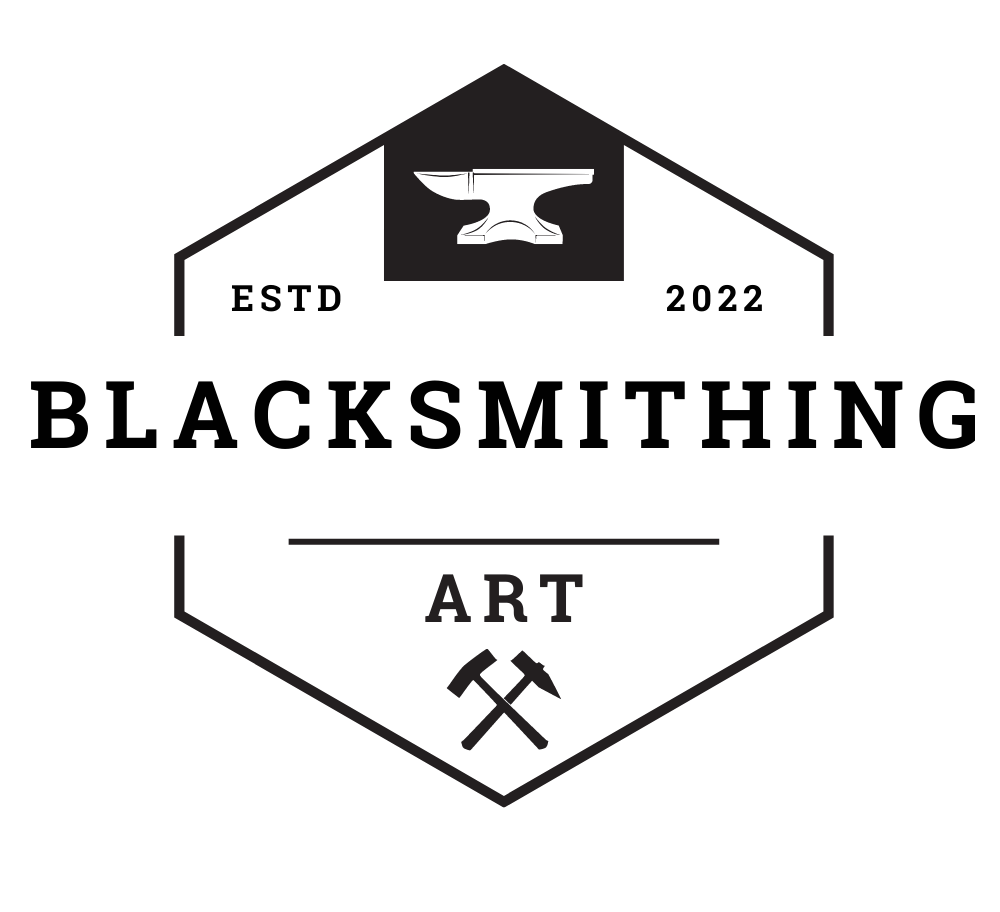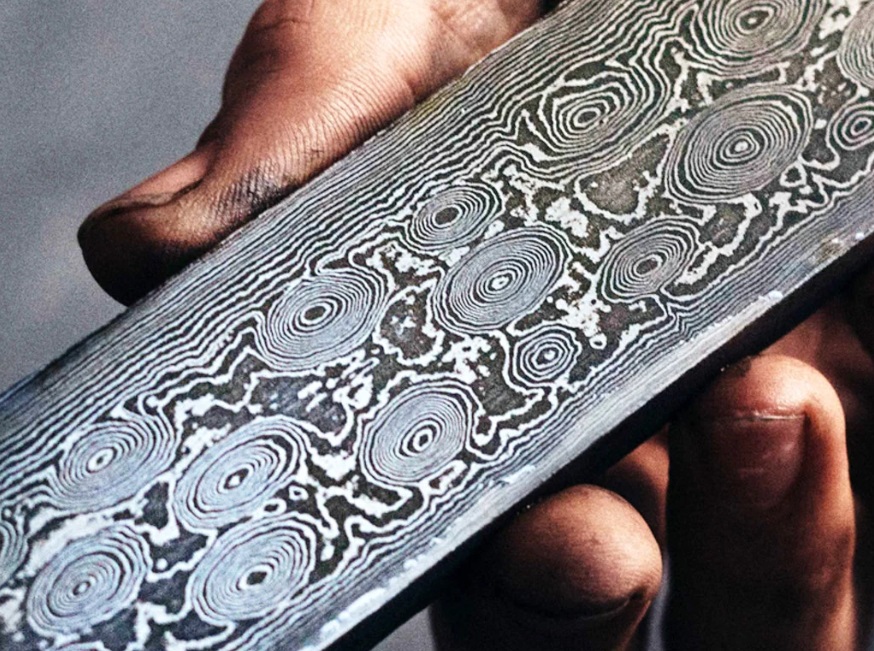It takes a skilled artisan to craft a Damascus knife—but it takes an even more knowledgeable person to recognize one. It can be difficult to spot the difference between genuine Damascus steel knives and counterfeit ones, but you must know what to look for to purchase or sell authentically. That’s why we are here to break down how to tell if your Damascus steel knives are real or a replica.
I’m no stranger when it comes to Damascus knives: I’ve been collecting them for years now and understand the intricate details that separate real Damascus knives from fake Damascus steel knives.
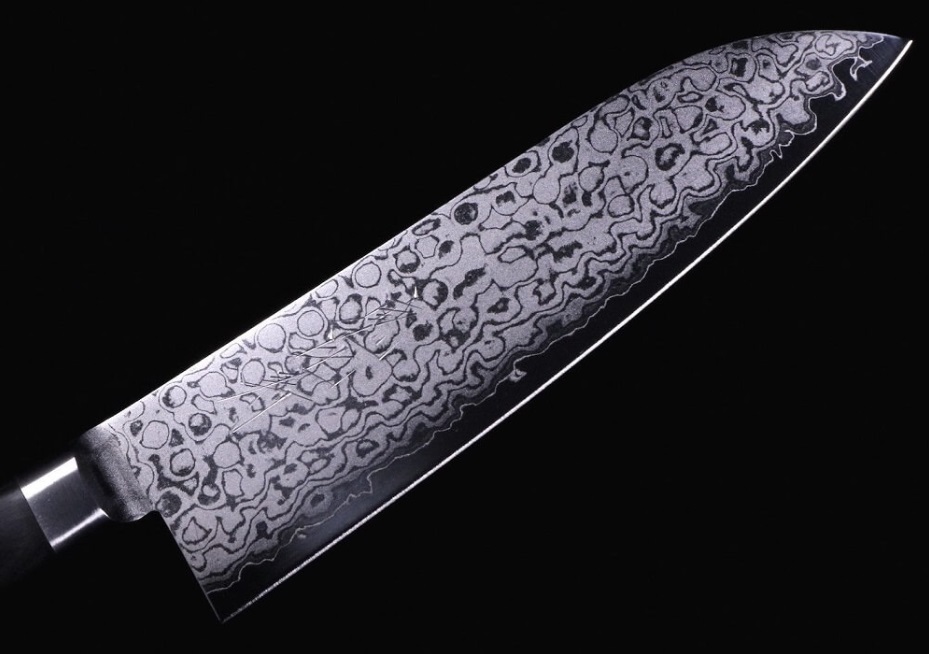
In this article, we’ll take an in-depth look at what truly makes up authentic Damascus knives. From the design of Damascus patterns and etchings to metallurgy and production techniques, by the end of this piece, you’ll have the know-how you need to expertly identify if Damascus knives are real or fake.
Contents
Understanding the basics of Damascus steel
The recent surge in popularity of Damascus blades has novice and experienced collectors alike wondering what sets them apart from fake Damascus knives. The answer is simple: it’s the material they’re made from — namely, Damascus steel. But what is a Damascus steel knife?
Wootz steel has been around since antiquity, with references to Damascus steel in various historical sources. This type of steel is made with a special carbonizing process that produces high-grade, ultra-hard blades. While it’s now difficult to find genuine Wootz steel blades in circulation, they remain highly sought after by aficionados of knives and swords.
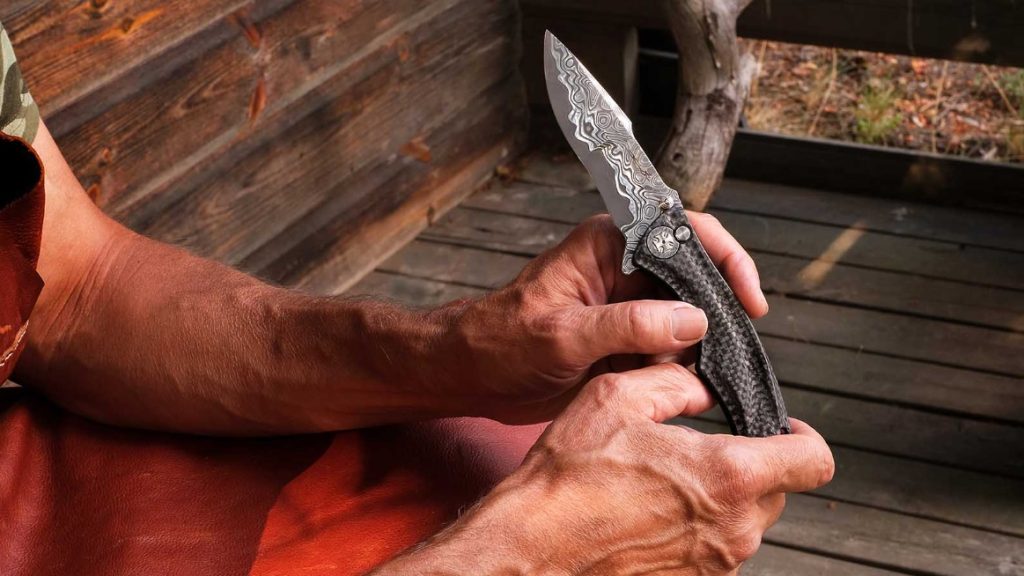
Damascus steel knife is a particular blend of metals also called wootz steel that has been used to make edged tools and weapons since ancient times. It’s composed of two or more layers of steel forged together and differs in composition depending on its intended purpose. As a result, lower-end Damascus steel knife is made with softer metals, while higher-end blades are made with hard-to-forge, premium metals like molybdenum or vanadium for a sharper, longer-lasting edge. Basic tips:
- To identify a genuine Damascus steel knife, look for swirling Damascus folds on the blade — this indicates that the metal was hand forged using a layering process that produces the signature watery texture of Damascus steel blades.
- Additionally, look for wavy lines and spots throughout the blade as these patterns can be indicators that the welded steel blade is composed of multiple layers and grades of metal.
At the same time, it’s important to note that there are plenty of fake Damascus steel knife blades out there claiming to be real Wootz steel — so take care when selecting your next Wootz-crafted knife! The pattern welded blades are just as strong, if not stronger than their historic Wootz steel counterparts.
Now that you know what authentic Wootz steel is all about, you can start searching for your pattern-welded Damascus knives!
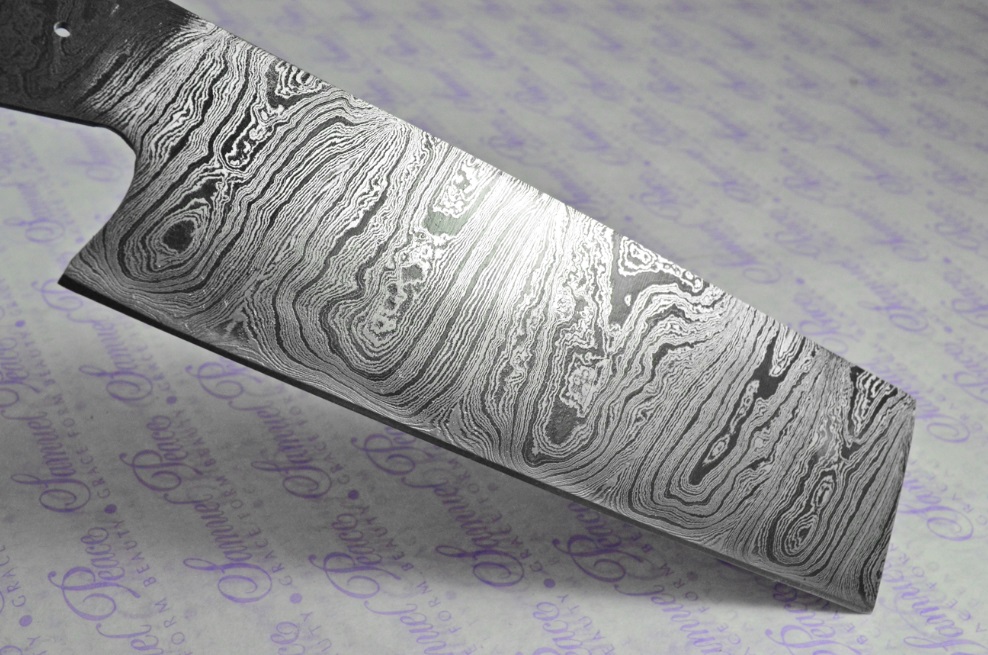
Here are some more tips:
- Look at the edges. If they’re wavy or uneven, it likely is a fake Damascus knife.
- Check the weight. An original Damascus steel blade typically feels heavier than other blades made with different materials.
- Pay attention to the craftsmanship. The quality should be excellent and any handles should fit snugly and be entirely smooth – no rough edges in pattern-welded Damascus!
If you’re interested in other tips, which will help you to find out how to tell if Damascus is real and distinguish it from a stainless steel, read a detailed comparison.
Examining the markings and patterns
If you want to confirm whether your Damascus steel knife real or fake, then examining the markings, patterns, and qualities of the steel is a great point to start. This process can quickly separate copies from originals. Here are five advices for you:
- Take a look at the steel: real Damascus steel should have a unique pattern welding and texture that’s different from other types of steel.
- Depending on how it’s made, it should have visible lines or waves on its surface that are reminiscent of water flowing.
- It can also have distinctive mottling or rings resulting from the heat tempering process.
- Its composition is such that light often reflects off it in a rippling pattern, which helps give Damascus its signature look.
- You can also check the blade tang itself for markings: true Damascus pocket knives often carry their maker’s mark somewhere on the blade and handle. This provides another key element when authenticating a sword or knife.
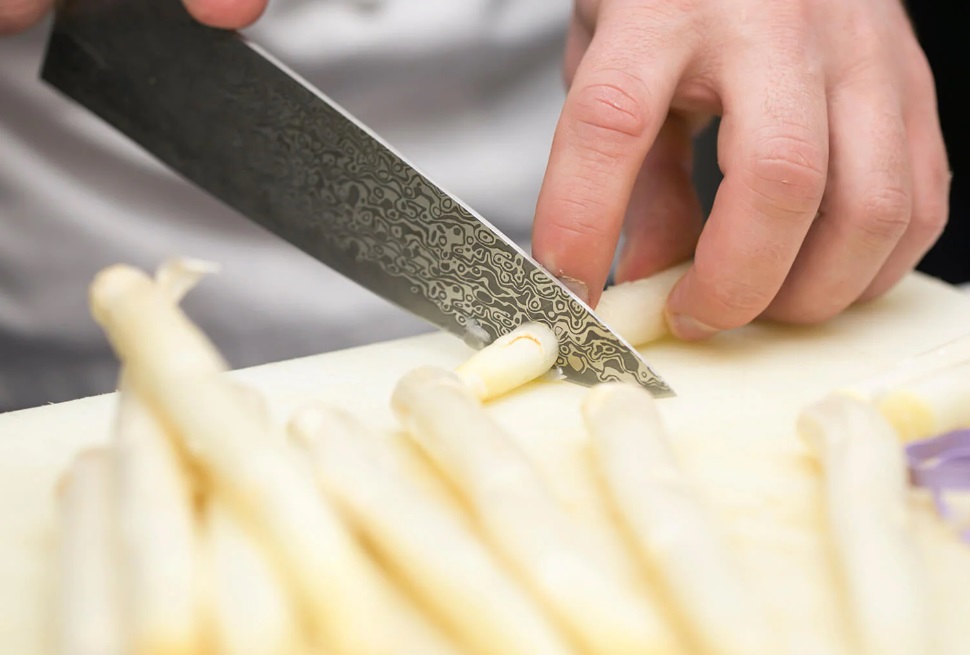
Assessing the overall texture
The next thing you need to consider when assessing Damascus pocket knives is the overall texture. Is it coarse and jagged or smooth and even?
Real Damascus steel knives possess a wavy pattern grainy and distinctive pattern along with ripples and waves. The best way to tell whether it knife is real or not is by running your thumb along the surface of the blade — if it feels rough, then it’s likely authentic.
In addition, real Damascus steel knives have a certain shine to them, which results from the unique acid etching process used in their creation. The laser etching also helps to create images such as rose petals on the surface of the blade, which can be very impressive when viewed up close.
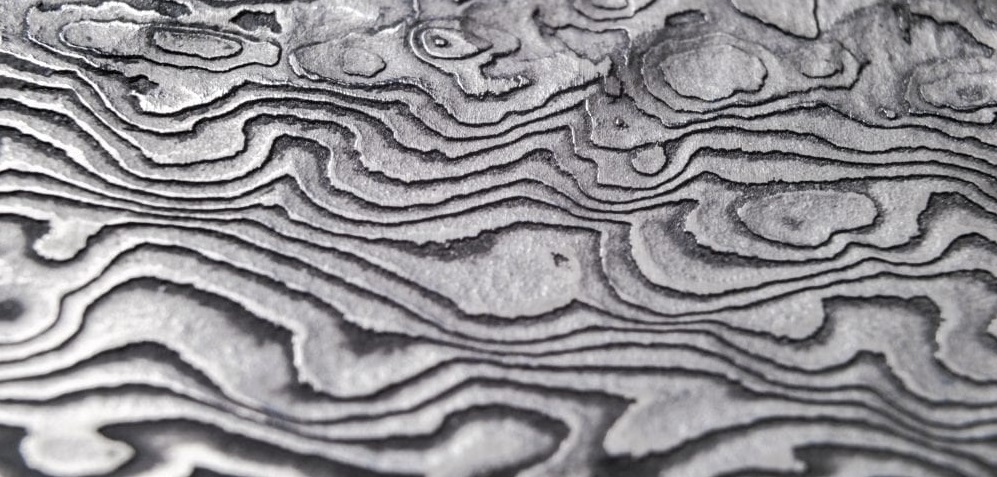
If you’re looking for authentic Damascus steel knives, make sure you look out for these signs before making your purchase:
- acoarse and jagged texture;
- distinctive pattern with ripples and waves;
- unique shine resulting from the acid etching process;
- images such as rose petals on the surface of the blade.
You also want to check the knife’s butt, if you can find folds there, this confirms that you don’t have a fake Damascus knife, and instead own a real one.
Inspecting the weaving pattern
One way to make sure that your Damascus knife is the real deal is to inspect the weaving of pattern-welded steel. The distinctive “water pattern” or “ladder pattern” in Damascus steel knives is made up of wootz steel.
The pattern can be different in various blades, ranging from a straight-line design to a wilder design with waves and circles. So, how can you tell if this weaving pattern is real or fake? Here are some pointers:
- Look for repeated patterns or sudden changes in direction in the blade’s design.
- Pay attention to the size of the lines in the designs — authentic Wootz steel typically has small, even lines that look consistent throughout. The pattern is then added on later via acid etching to make for beginners the fake Damascus steel knife look like a real one.
- Notice any differences in texture. Since there are differences between the types of steel folded into your Damascus knife, it should feel different from one end to another.
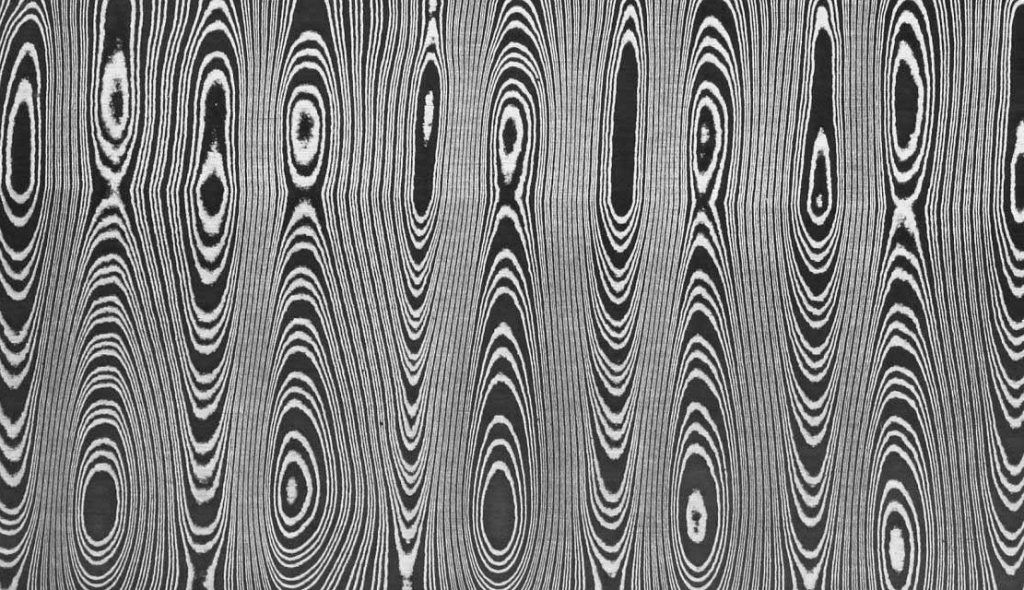
Real Damascus steel knives may also have some subtle signs of rust on parts of their finish — this is because high-carbon content causes ferrous oxide (or rust) to form when exposed to air and water molecules, making it a reliable sign that you have an authentic product in your hands!
Exploring heat treatment differences
One of the most important distinctions to make when identifying real Damascus knives is the varying heat treatments used by different manufacturers. Heat treatment is an important step, as it alters the blade’s characteristics, such as hardness and wear resistance.
One simple way to tell if a blade has been properly heating treated is to look at its edges. If they are too soft or chipped or rounded, then it could be an indication that it has not been given the necessary temperature for proper hardening.
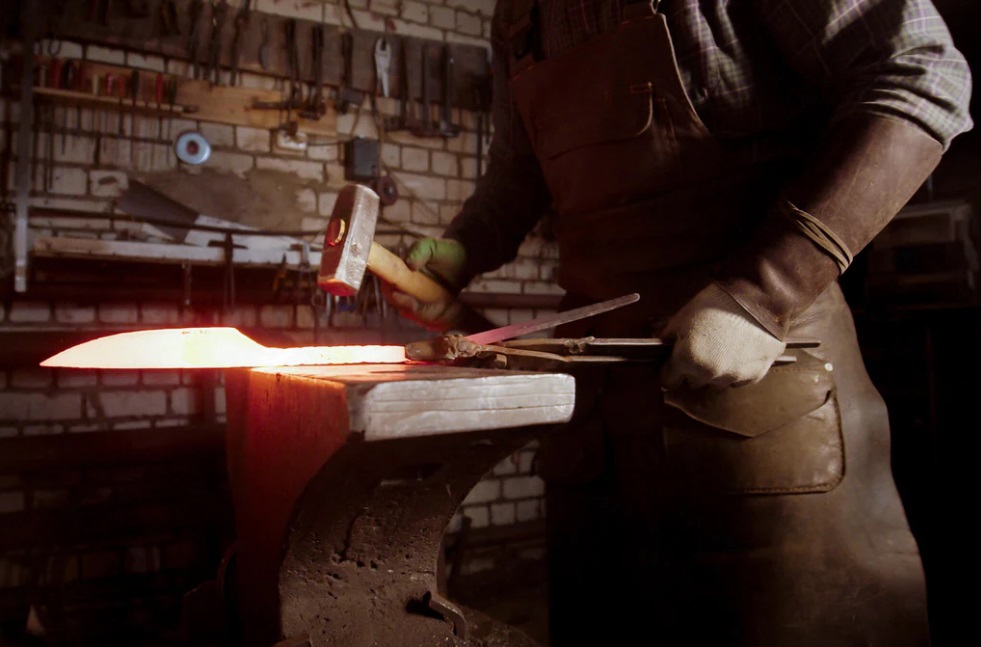
Damascus blades should also have a distinct curve, which would indicate that the metal has undergone appropriate tempering after heat treatment.
Different treatments
The type of heat treatment used can vary depending on what type of Damascus steel knives you purchase — each manufacturer may bring their unique approach to treating their genuine Damascus steel knife.
The most common treatments include:
- Normalizing. Heating the metal and then allowing it to cool down in still air.
- Annealing. Heating the metal to reduce its hardness and increase its ductility.
- Tempering. Exposure of heated metal alloy to temperatures below critical point to increase strength or toughness.
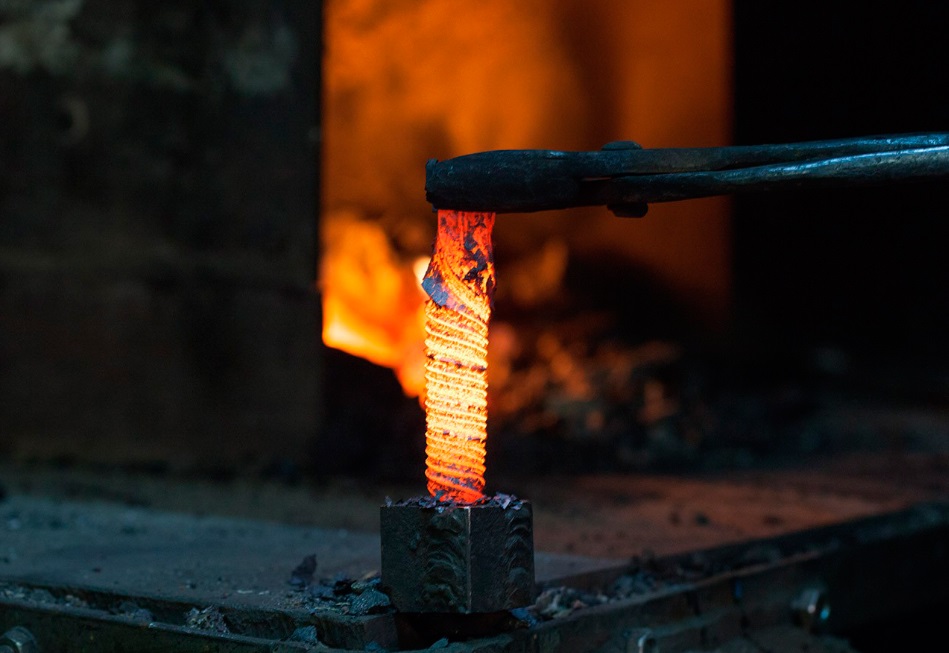
Knowing the particular type of heat treatment used will give you an indication as to whether or not your Damascus knife is authentic or not.
Signs of fake Damascus knives
If you’re in the market for a Damascus blade, you should know that not all blades are created equal. There are signs to look out for that help you determine if a blade is a genuine Damascus knife or a fake.
Wavy patterns
Authentic Damascus steel has distinct and unique patterns of waves and swirls. Fakes might not have definitive patterns and may look more like “raindrops” instead of curves, so keep an eye out for this. Most counterfeits won’t get the complex, undulating lines right that make Damascus knives special.
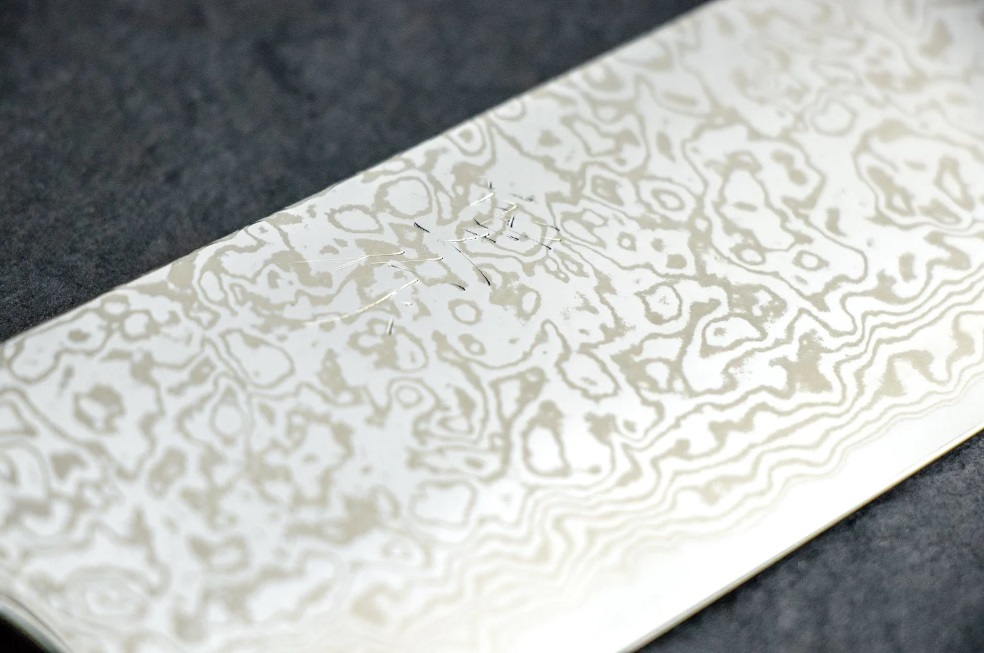
Many fake knives out there try to recreate this look by acid etching into their blade, but some of them are barely noticeable and can be easily missed (especially on cheaper models).
Steel type
Real Damascus knives are made of “pattern-welded” steel — two or more layers of various types of high-carbon steel welded together also known as wootz steel to create the signature look. You can usually tell by looking at it if the steel type is correct because fake Damascus steel knives tend to have very different coloration than real ones.
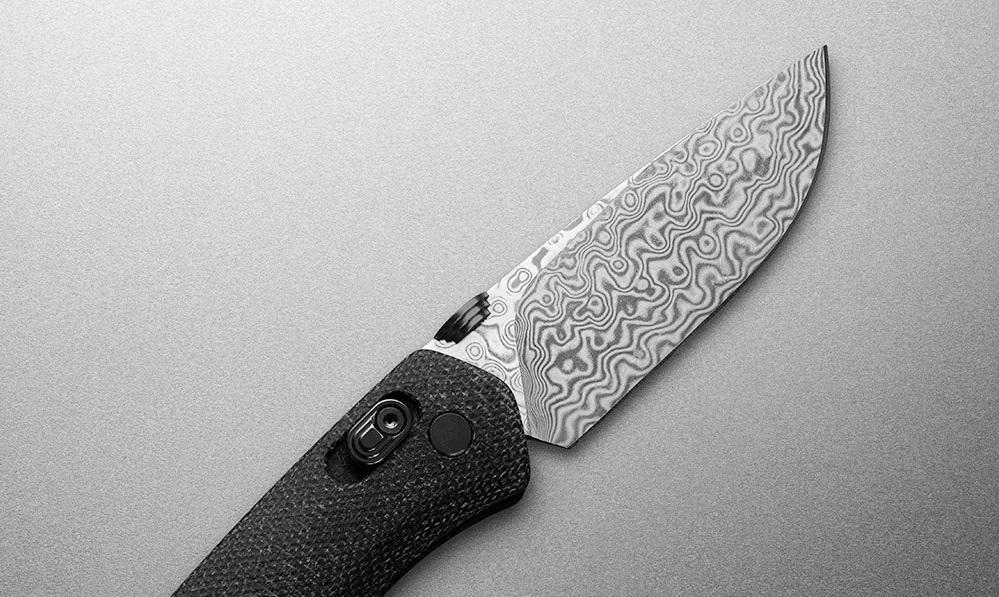
Damascene branding
Most genuine Damascus blades have “Damascene” branding stamped on them, so look for that here if you want to authenticate before buying. This is a method used by some manufacturers to verify the authenticity of their knives.
If you want to buy an original Damascus steel blade, pay attention to these details: wavy pattern welded steel and damascene branding. Doing so will give you peace of mind that your investment was well worth it!
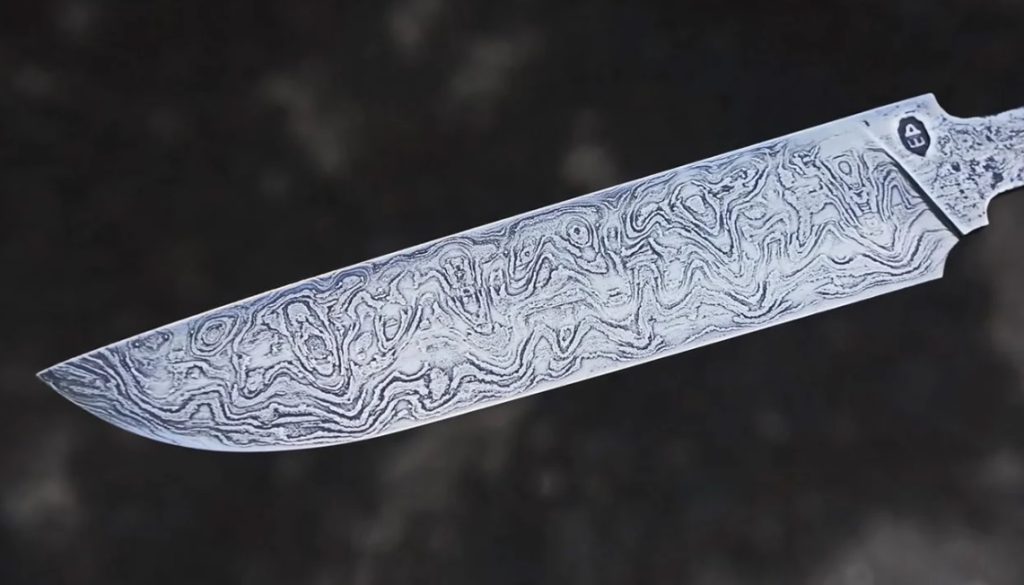
Ensuring quality with carbon content testing
When you’re shopping for a knife, you want to make sure that the Damascus steel knife real. But how do you tell? One of the best tests to make sure your Damascus knife is real is to look at the carbon content of the metal.
The carbon content in a Damascus knife is what gives it its iconic streaked pattern welded blades when exposed to heat and acids. This process, known as carburization, makes Wootz steel harder and adds strength and durability.
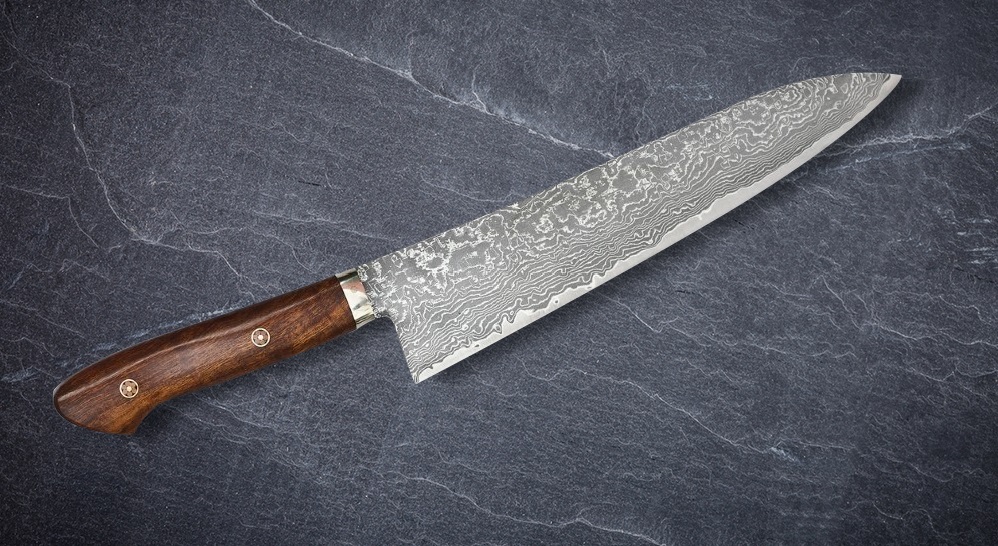
A standard Damascus knife has at least 2 percent carbon steel, while some go up to 3 percent. Anything below this level won’t be able to produce the classic visible layering that’s synonymous with genuine Damascus steel knives — so if your blade appears “plain,” it could be a sign that something’s not right with its composition.
Following submersion of the blade in an acid solution, the initial design of Wootz Damascus steel or pattern welded steel will reemerge.
Conclusion
Hopefully, you now have a better understanding of Damascus steel and can easily tell the difference between a genuine blade and fake Damascus steel knives.
Damascus steel knives are an ancient art with a long and fascinating history and are still being made today. Real Damascus steel blades are not only valuable but they are also beautiful and are prized by collectors and knife users alike.
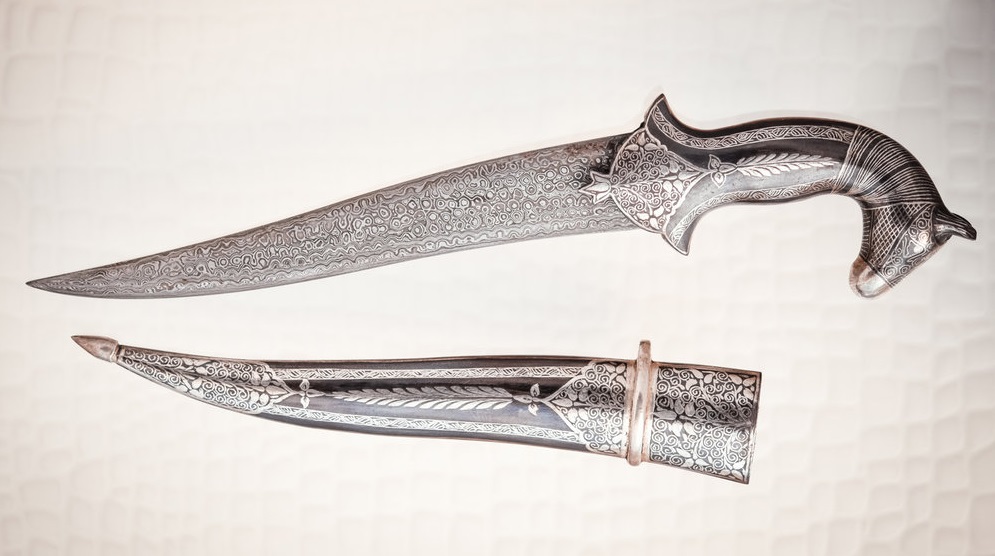
Skinning games, chopping wood, slicing fruit, cutting rope, and other tasks are all possible with the fixed-blade Damascus knives. Knowing what to look for in Damascus steel knives can help you make sure that you get the genuine article and make sure you don’t get fooled.
FAQ
When it comes to Damascus Blade, there are some frequently asked questions, and we’ve got the answers.
What does a fake Damascus knife look like?
The fake knives in Damascus can be of unnatural designs, most not folded wavy, twisted, raindrops or water-like patterns unlike real pattern welded Damascus. Fake Damascus knives, on the other hand, are carbon steel or stainless steel blades that have been acid-etched or laser etched solely to create the popular Damascus steel patterns.
How is Damascus steel faked?
Fake Damascus steel blades are those that are manufactured to imprint. Nevertheless, some manufacturers emulate a Damascus pattern welding process in which carbon steel or stainless steel blades have been acid etched. Fake Damascus steel knives are manufactured to imprint pattern welded Damascus blades.
Does real Damascus have grooves in it?
A real Damascus steel knife can display uniform folds across the blade and the blade’s edge, blade girth, knife support & the knife’s butt tang. Damascus folds in the blade abutment indicate true Damascus steel.
Is there any real Damascus?
Look for the familiar Damascus pattern welding on the blade that’s created when different steel pieces are layered together. An experienced eye can figure out whether it is a real or fake Damascus blade.
